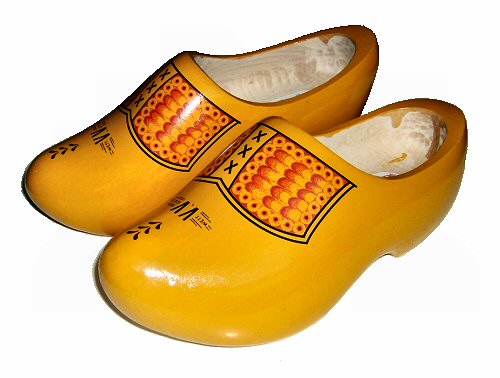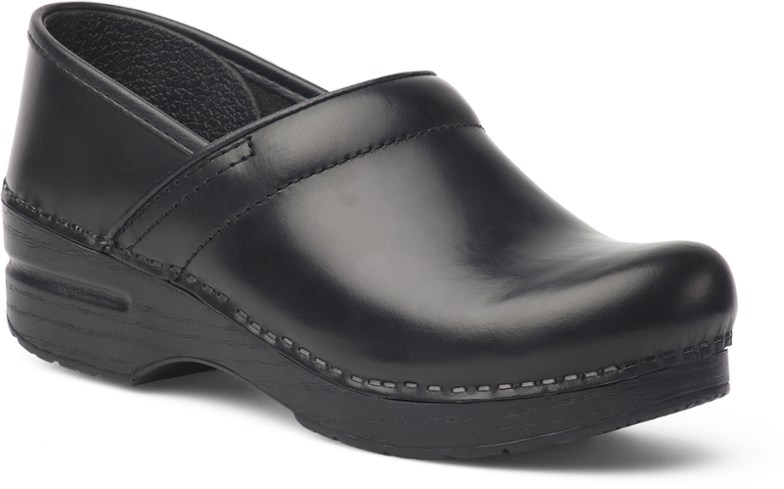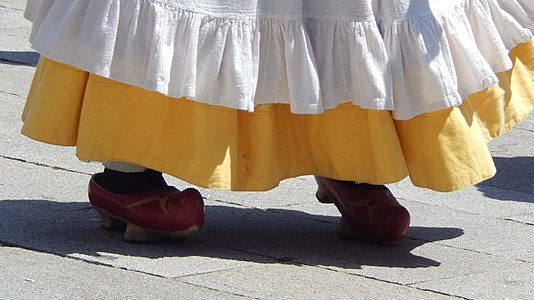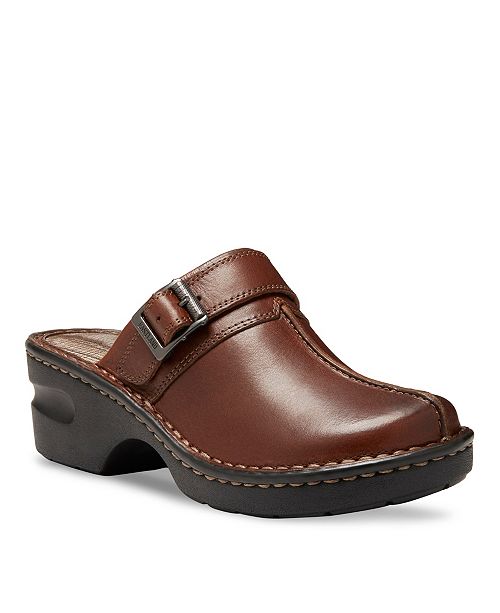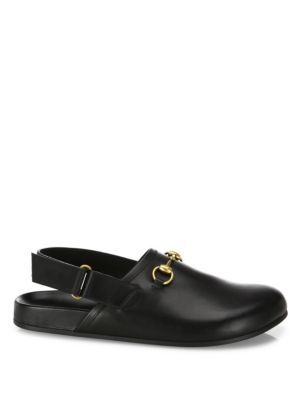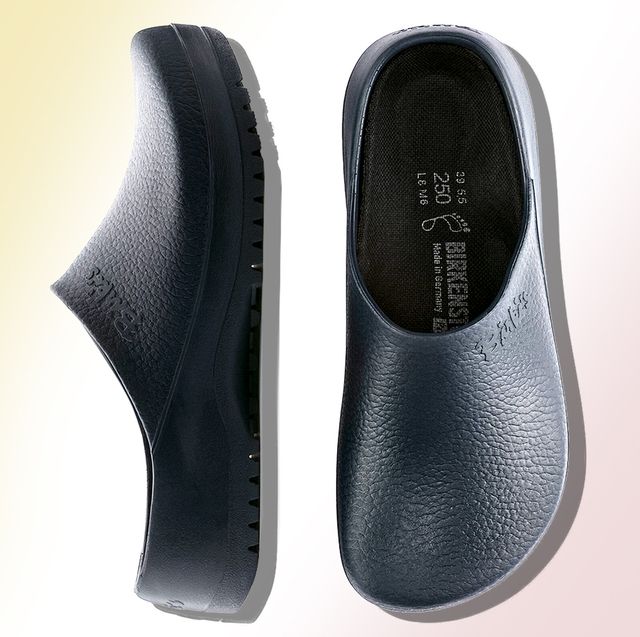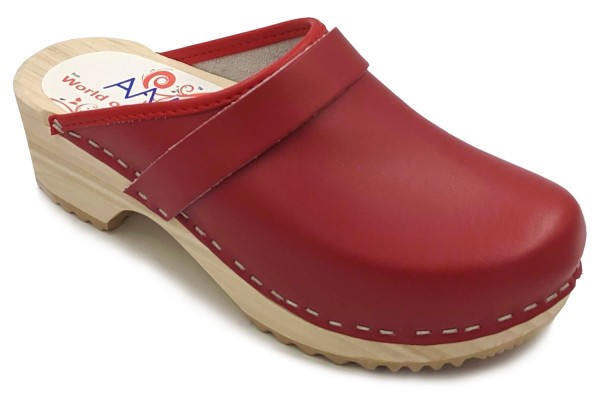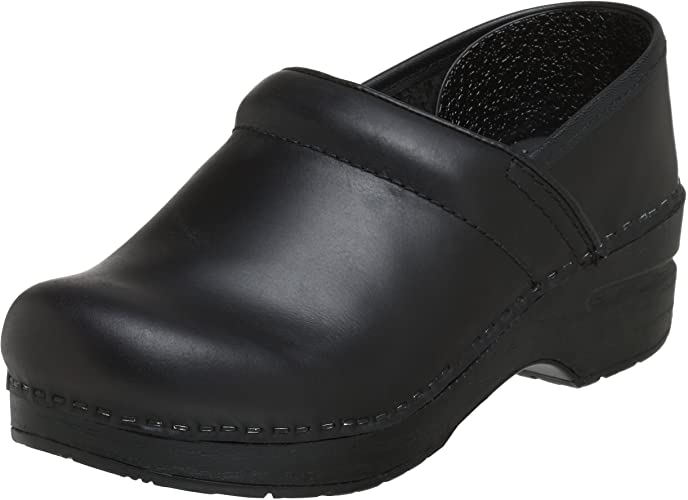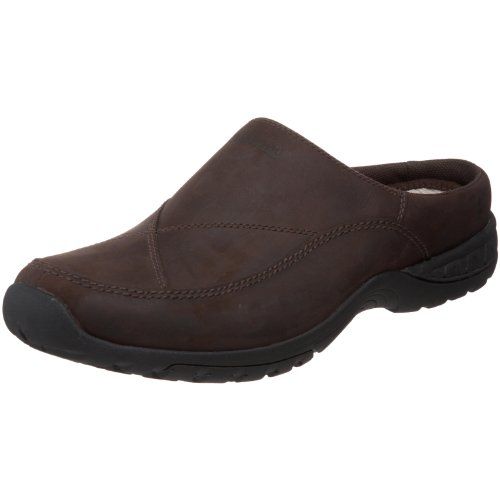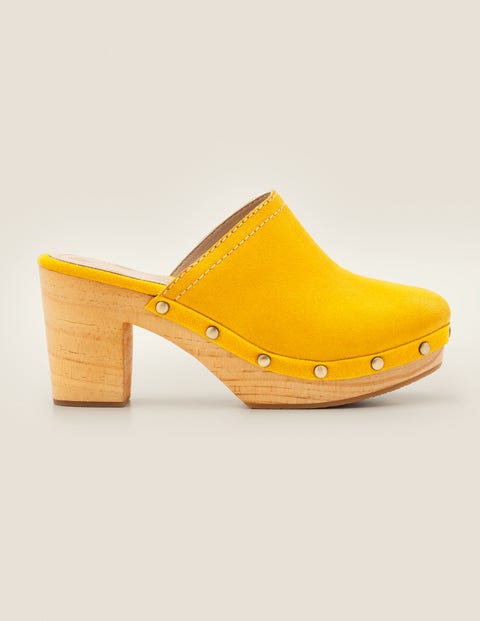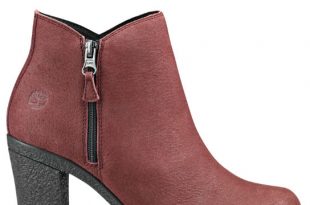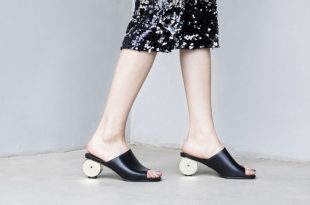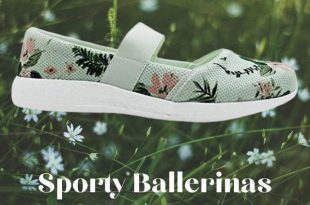Clogs are becoming increasingly popular, and rightly so. They promote the feet when walking and relieve them in the stand. They can be worn for gardening, leisure or at work and have a long tradition in Scandinavia, for example. Most clogs are made of wood, but there are also extremely lightweight plastic models.
Classification of the category of clogs
Clogs were fashionable as early as the 1970s and have held their place in the shoe world ever since. The term supposedly goes back to the characteristic rattle sound that occurs when walking.
Properties and development
Clogs are essentially slipper shoes with an open heel area and a very strong sole, often made of wood. They are not very different from slippers and are worn by children, women and men alike.
The origin of the clogs is in England, here they were part of the work clothes – hence the robust look. Thanks to the almost indestructible materials wood and leather and the very simple production technology, the inexpensive clogs were also very popular in civil life and soon spread throughout Scandinavia throughout Europe.
use
Especially in medical professions, but also in the kitchen staff, the clogs have received their status as work shoes. In addition, they are a popular addition to casual sportswear and practical rubber boots as an alternative to gardening.
In the meantime, leather is no longer used exclusively for the front cap, but plastics are also combined to make wooden soles. Lately all of the shoes are made of polyurethane, which allows for a very colorful design.
Care is made easier here on the one hand, and an exchangeable footbed and atypical air holes on the other hand are now essential. Relatives of the classic clog are the Dutch wooden shoe and the completely closed Danish clog.
